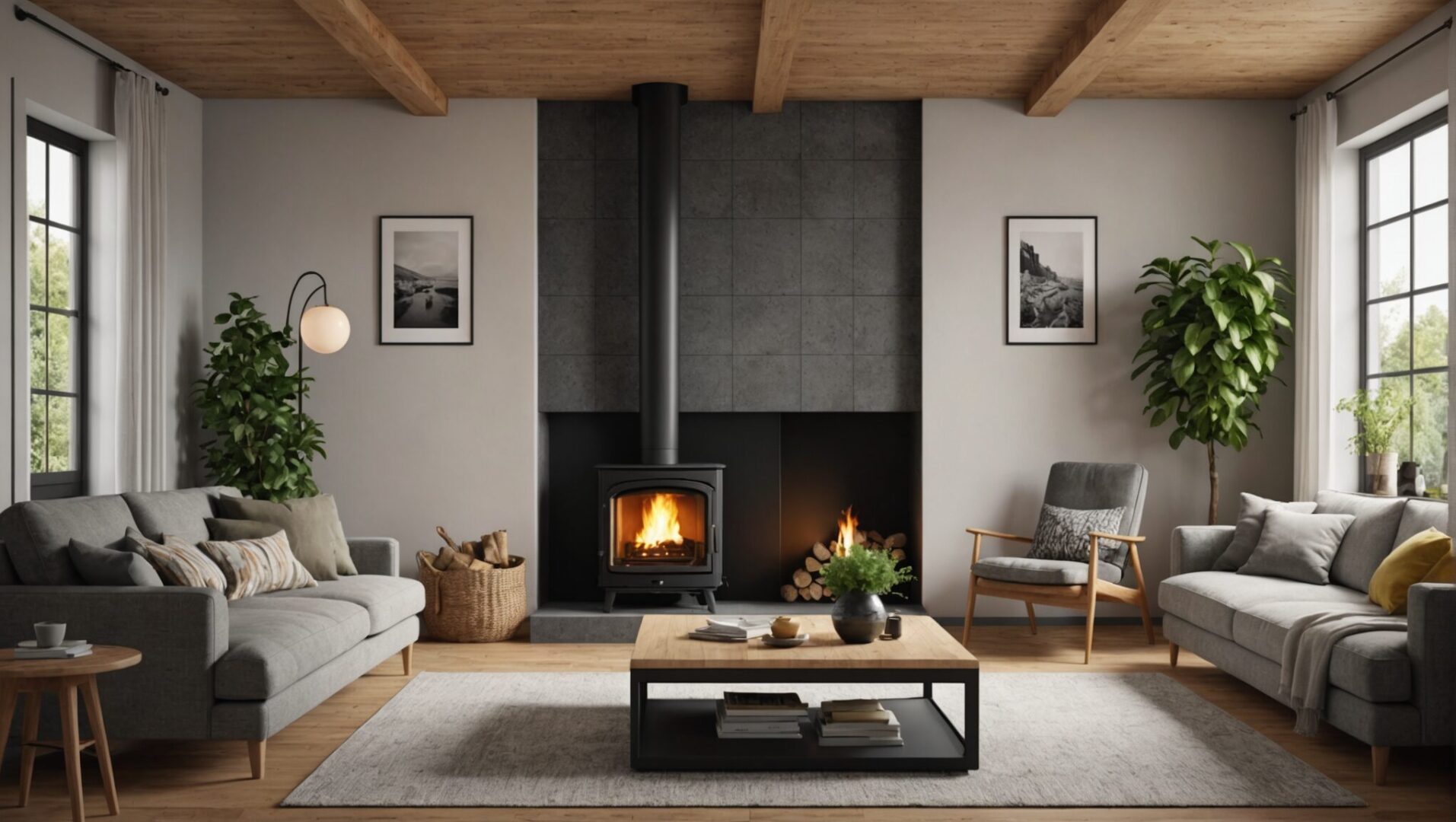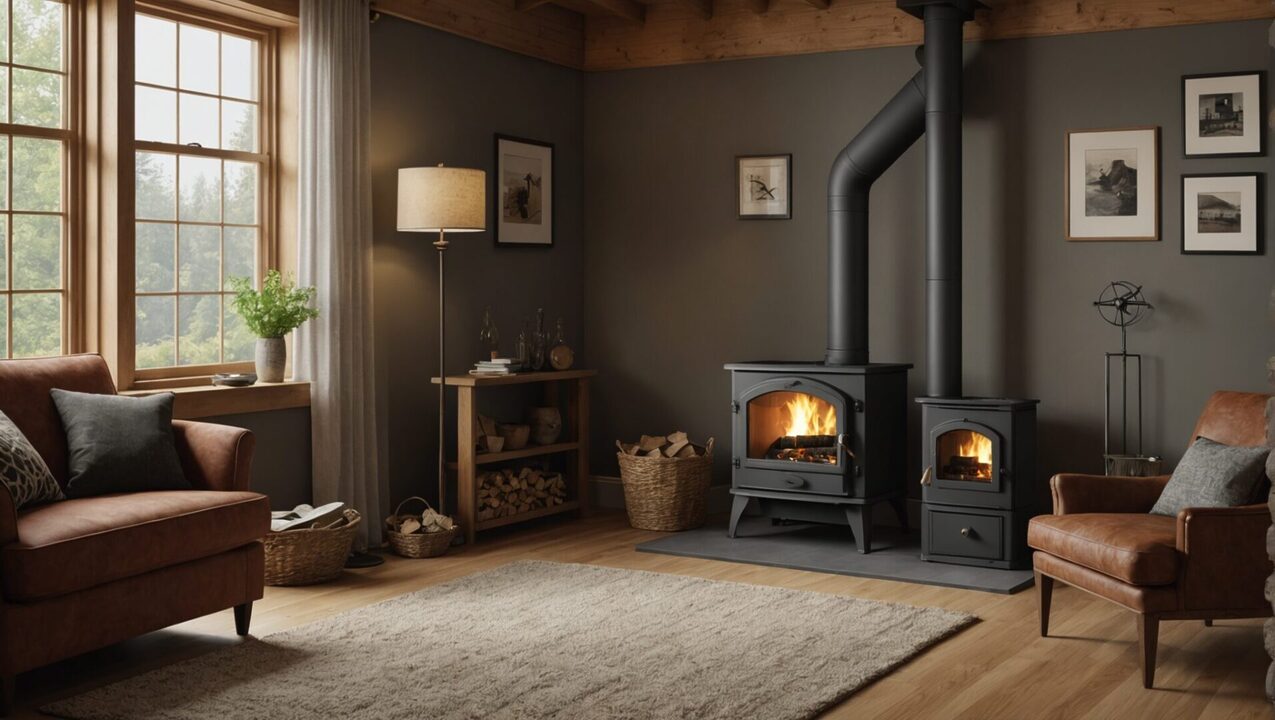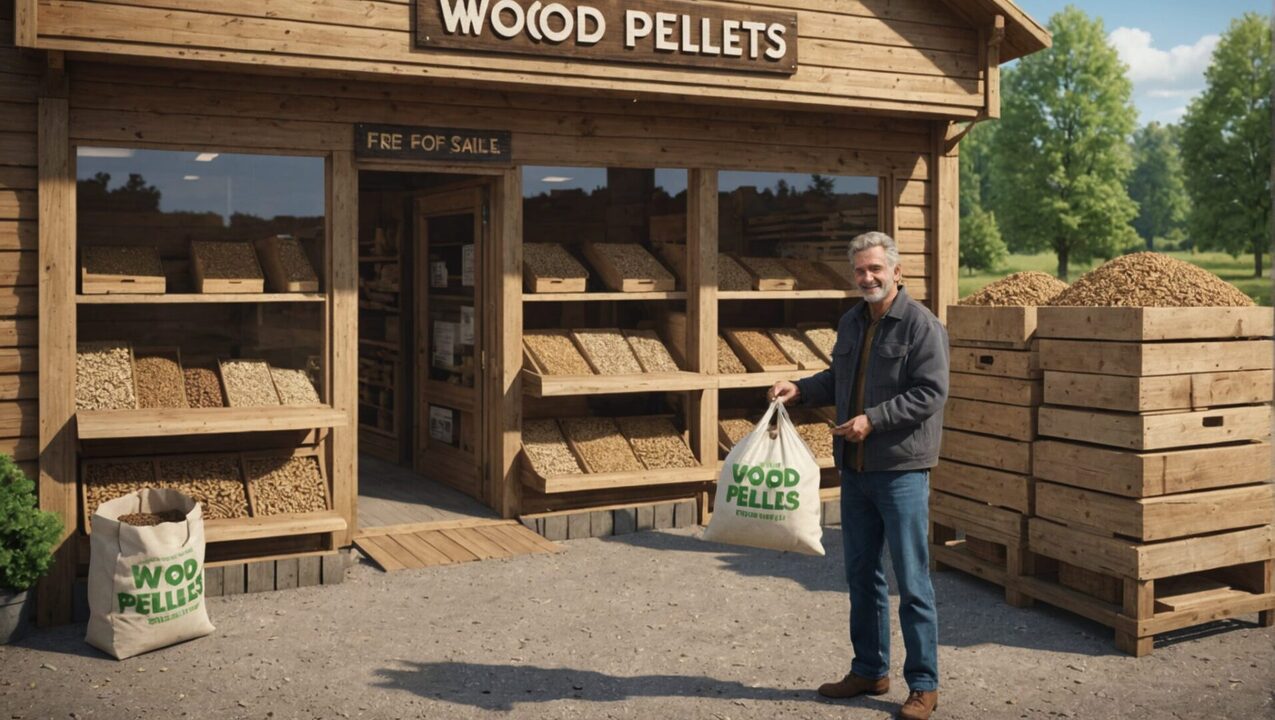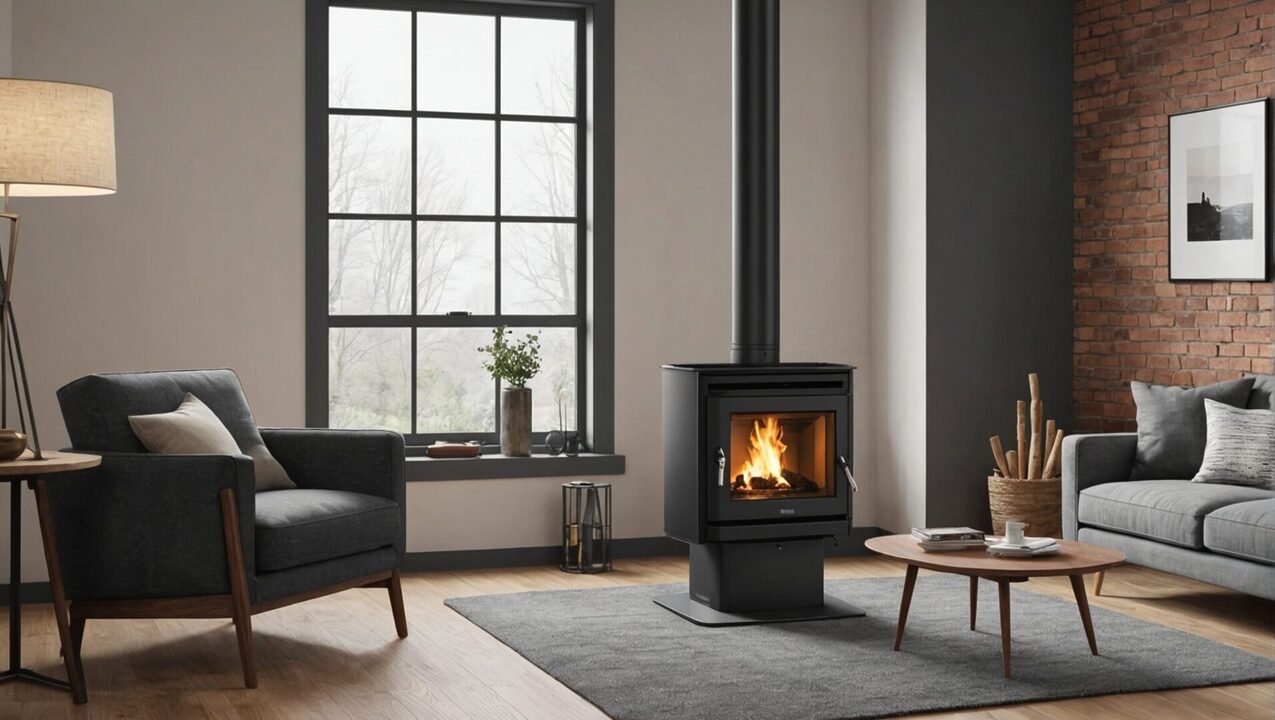In France, the installation of a pellet stove is subject to precise standards to guarantee safety and energy efficiency. There standard NF D 35-376, established in January 1992 and subsequently strengthened, defines the requirements with which these devices must comply. At the same time, the DTU 24.1 supervises the technical aspects concerning the installation, in particular the safety distances to be respected between the stove and the walls. According to the thermal regulations 2012, these stoves can be installed in new or renovated homes, provided that sealing standards are respected. It is essential to be well informed about these requirements to ensure a compliant and secure installation.

With the rise of energy and ecological concerns, the use of pellet stoves has grown considerably in recent years. This heating device, a duo of comfort and efficiency, is attracting more and more fans. However, specific safety standards and regulations govern their installation. In this article, we will examine the different regulatory aspects to take into account when installing this type of heating in France.
Safety standards to respect
The requirements of standard NF D 35-376
Pellet stoves must meet the requirements defined by the standard NF D 35-376, in force since January 1992. This standard sets the rules of operation and performance, guaranteeing safe use of the device. It applies to wood heating appliances, in particular pellet stoves, which must have specific performance and polluting emissions characteristics.
Safety distances
When installing a pellet stove, it is crucial to respect certain safety distances. This stipulates that the distance between the flue and the adjacent wall must be three times greater than the diameter of this flue. This helps minimize the risk of fire and ensures good air circulation around the device.
DTU 24.1: an essential guide
The repository DTU 24.1 provides additional details on the installation of pellet stoves. This unified technical document provides recommendations on the design, the materials to use as well as the smoke evacuation methods. By integrating safety standards into your installation project, you ensure compliance with current regulations while guaranteeing optimal efficiency of your heating system.
Sur le même sujet :
Obligations related to installation
Smoke evacuation duct
The establishment of a exhaust duct is imperative for any pellet stove. This may be a classic chimney flue or a suction cup system, depending on the installation environment. For new housing, the thermal regulations 2012 authorizes the use of sealed pellet stoves, which do not require a traditional flue. On the other hand, for older homes, adaptations may be required.
Declarations to the competent authorities
Before installation, it is imperative to comply with the administrative procedures. Depending on the case, the declaration of works from the town hall may be necessary. This obligation depends on the surface area of your home, the nature of the work envisaged and local specificities in terms of town planning. It is therefore advisable to check the requirements imposed by your municipality in advance in order to avoid later complications.
Regarding insurance conditions
It is also important to take into account the conditions of your home insurance. Some companies may require installation by a certified professional to guarantee coverage in the event of a disaster. Calling on a recognized expert not only ensures compliance with standards but also offers peace of mind.
Sur le même sujet :
Criteria for choosing your pellet stove
Control power and energy efficiency
Before selecting a pellet stove, several power criteria must be verified. A unit that is too powerful may overheat the space, while an undersized unit will not provide enough heat. It is therefore essential to carry out a thermal assessment of your home in order to determine the appropriate power.
Opt for labeled devices
To guarantee optimal performance and reduce environmental impact, it is advisable to turn to labeled pellet stoves, such as Green Flame. These devices meet strict criteria, ensuring both efficiency and low pollutant emissions. A label is often synonymous with innovation and quality, thus reinforcing the safety and efficiency of your installation.
Sur le même sujet :
Post-installation and maintenance regulations
Maintenance rules
Regular maintenance of your pellet stove is an essential element to ensure its proper functioning. Recommendations are made by maintenance regulations, requiring annual chimney sweeping of the ducts. This aims to prevent any risk of clogging, which could cause malfunctions or accidents. Compliance with these standards improves the durability of the device and contributes to better safety.
Pellet monitoring
The type of wood pellets used must also be monitored. Opting for quality, labeled pellets ensures optimal performance and avoids breakdowns linked to non-compliant fuels. Poor quality pellets can cause blockages in the drainage system, leading to performance problems or increased fire hazards.
Sur le même sujet :
The challenges of adopting pellet stoves
Cost and implementation
One of the main obstacles to adoption remains the installation cost, which can be significant. Although the initial cost is quite high, the long-term energy savings and financial aid offered by the State can offset this investment. However, choosing a competent professional for installation remains crucial to ensure the proper functioning of the device.
Resistance: behaviors and perceptions
Despite the obvious advantages of pellet stoves, some users express resistance to their installation. Indeed, the fear of complex maintenance, pellet supply problems or even noise pollution can hold back some owners. These fears, although legitimate, can be allayed by informing yourself about the different technical aspects and choosing experienced professionals for the installation.
Faced with these dense and evolving regulations, users are encouraged to share their experiences and questions. Have you already installed a pellet stove in your home? What challenges did you encounter? Share your thoughts by commenting below.


















